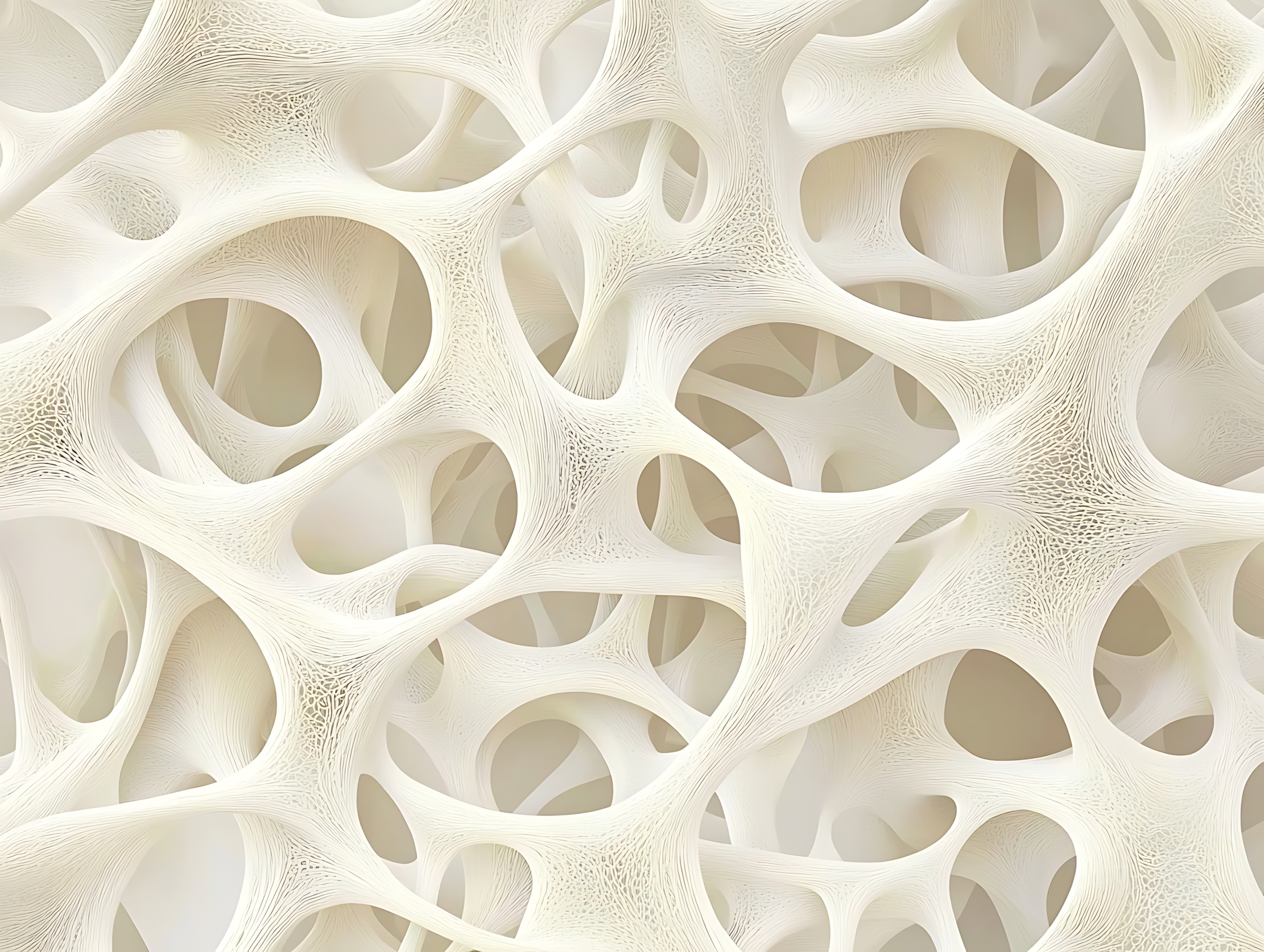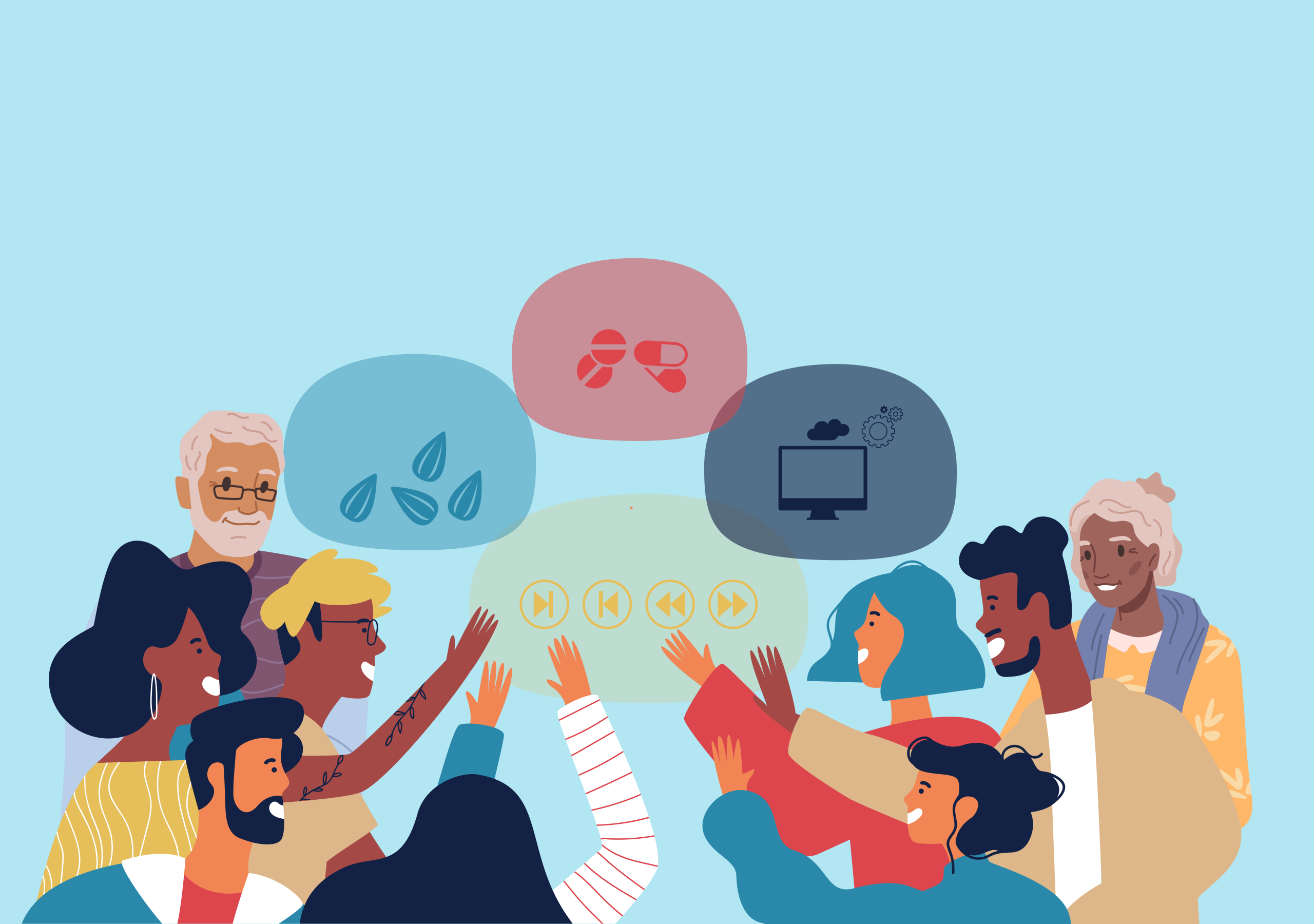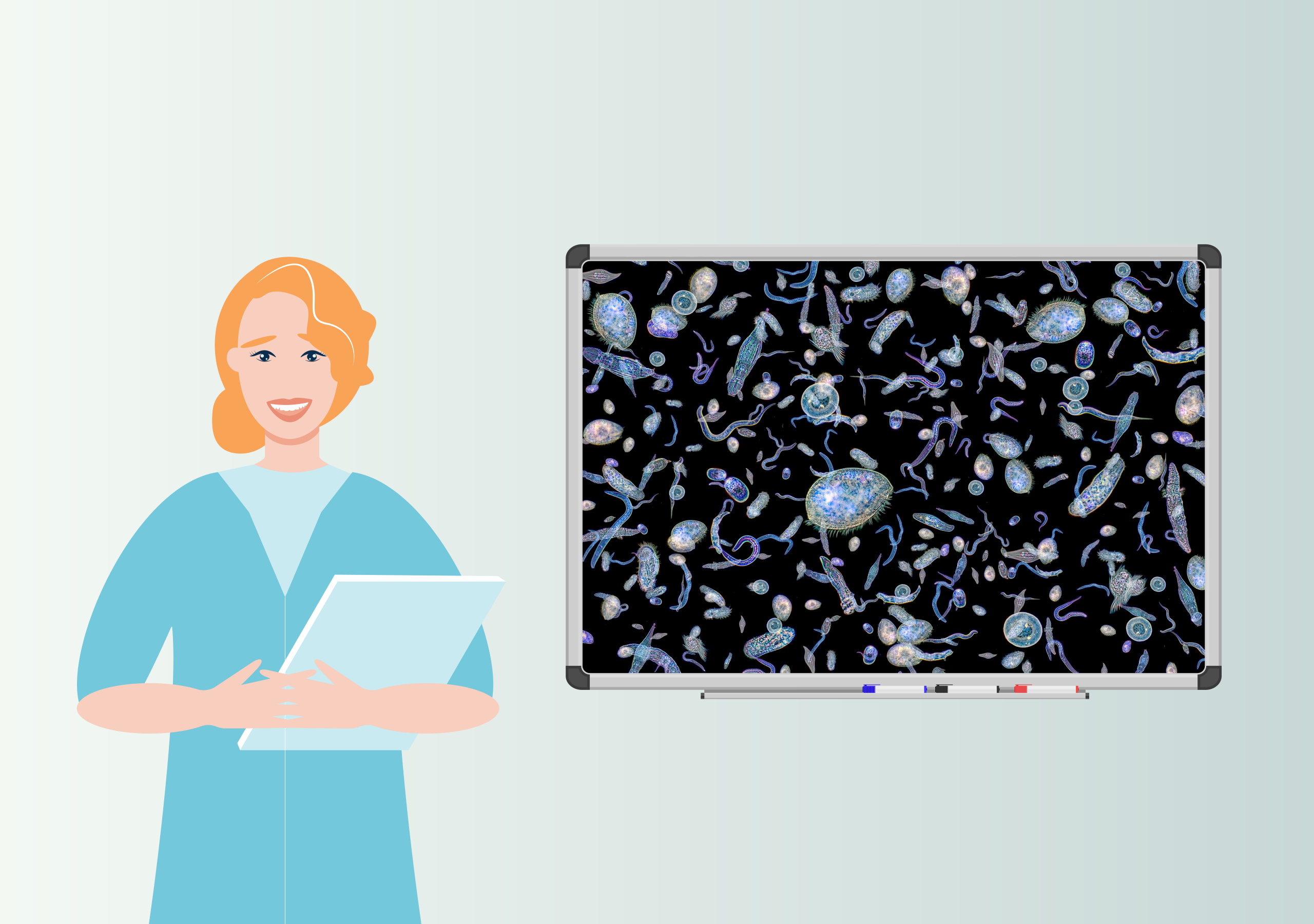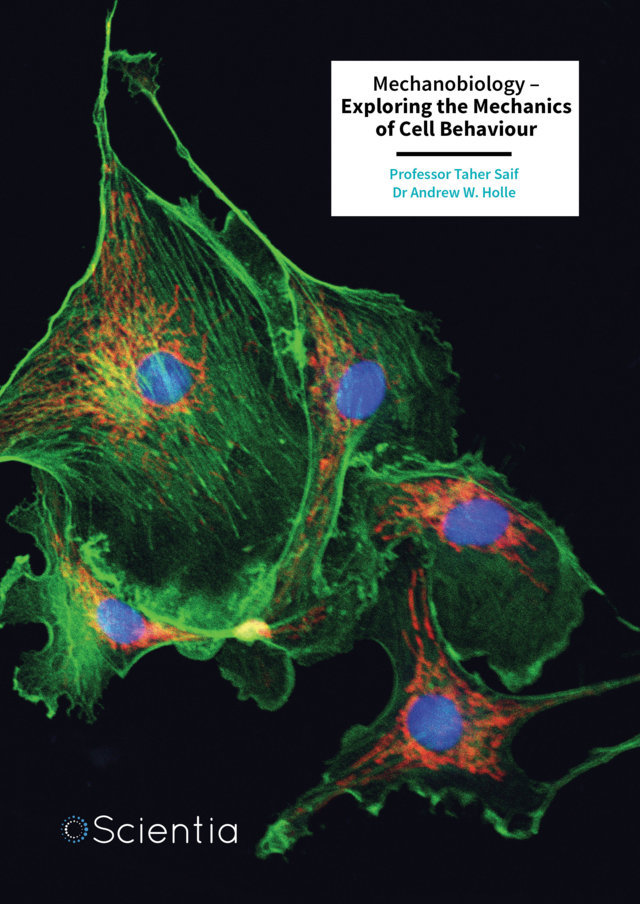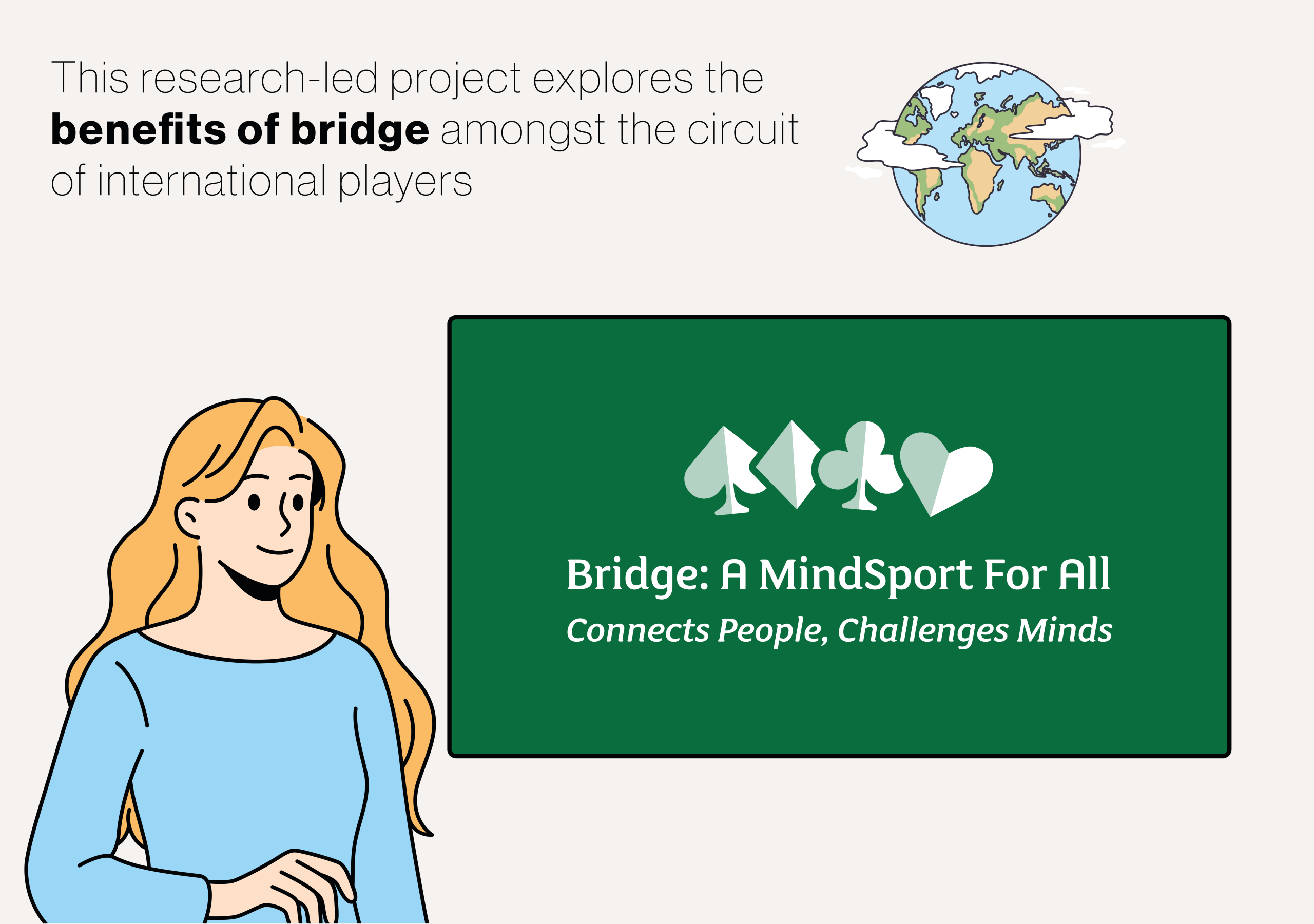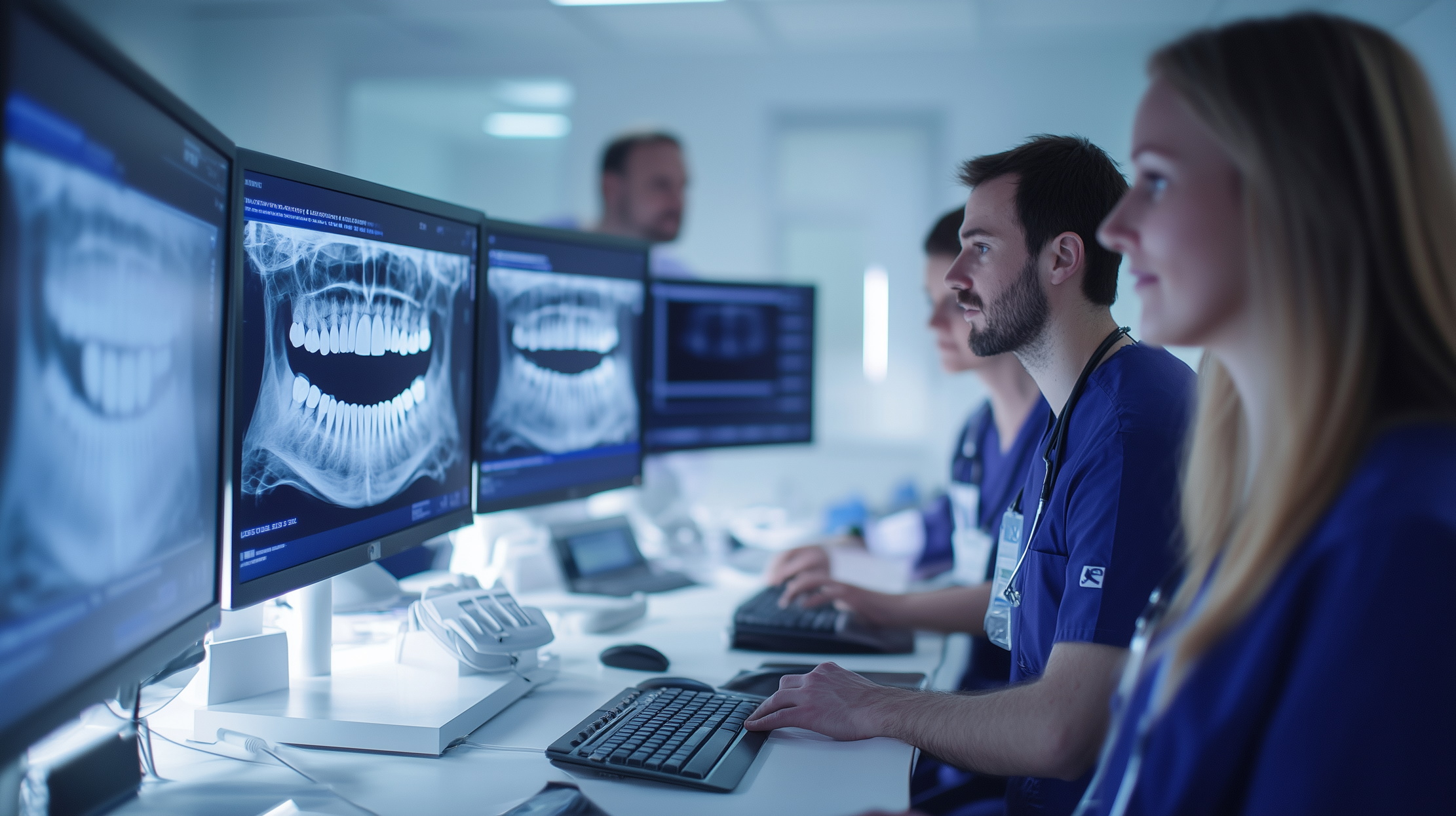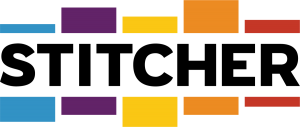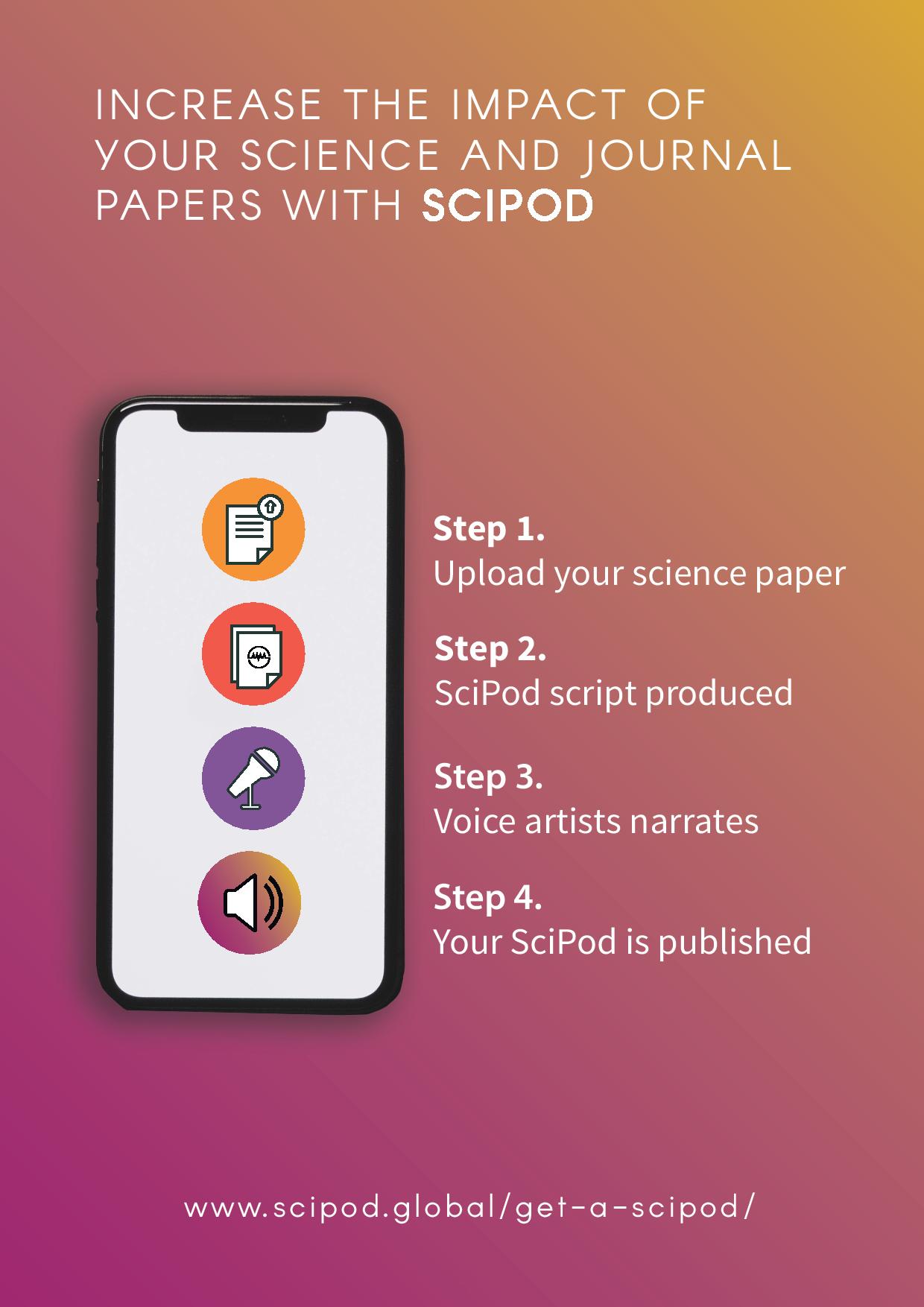Oh Dam Look, That Beaver Just Put Out A Forest Fire! With Emily Fairfax
Today we talk with Emily Fairfax about beavers. They were almost wiped out through over trapping, but now they’re making a comeback and stopping forest fires in the process… Listen to learn about these amazing animals.
Resources mentioned:
Emily’s website: https://emilyfairfaxscience.com/
Emily’s twitter: https://twitter.com/EmilyFairfax
More SciPods Radio episodes you may like
Dr. Jacqueline Tabler | The Self-Organizing Bone Wave Underlying Skull Growth
Audiobook
About this episode
We typically take our skulls for granted, beyond their basic function in keeping our brain safe and sound within our head. When you look in the mirror, the shape of your skull, which forms the very structure beneath your face, is something you may not have considered in much detail. However, the story of how your skull came to be, and how bone spread across your embryonic head in perfect symmetry to form a complete and protective dome over your brain, is a marvel of biology that scientists are only just beginning to understand. In a new study led by Dr. Jacqueline Tabler at the Max Planck Institute for Molecular Cell Biology and Genetics, researchers have uncovered a surprising and elegant mechanism behind how skull bones grow that is different to how we typically think of cell movement and migration in the body. Published in the open-access journal Nature Communications, this latest research rewrites what we thought we knew about cell movement, tissue development, and the mechanics of morphogenesis, the process through which an organism takes shape. More
Original Article Reference
This Audio is a summary of the paper ‘Self-propagating wave drives morphogenesis of skull bones in vivo’, in Nature Communications, https://doi.org/10.1038/s41467-025-59164-9
Contact
For further information, you can connect with Dr. Jacqueline Tabler at tabler@mpi-cbg.de
This work is licensed under a Creative Commons Attribution 4.0 International License. 
What does this mean?
Share: You can copy and redistribute the material in any medium or format
Adapt: You can change, and build upon the material for any purpose, even commercially.
Credit: You must give appropriate credit, provide a link to the license, and indicate if changes were made.
Increase The Impact Of Your Research!
More episodes
Dr. Jacqueline Lambiase | How Municipal Communication Failures Perpetuate Systemic Racism
Audiobook
About this episode
Communication research from Texas Christian University reveals how the killing of Atatiana Jefferson in Fort Worth exposed fundamental failures in how cities listen to Black residents. Through in-depth interviews and a national survey, Dr. Ashley English, Dr. Jacqueline Lambiase and Dr. Julie O’Neil demonstrate that meaningful organizational listening requires not just hearing community voices, but implementing changes based on their input. Their findings show that without authentic engagement and accountability, municipal listening processes perpetuate rather than disrupt systemic racism. More
Original Article Reference
This SciPod is a summary of the chapter ‘Improving Organizational Listening to Build Trust with Black Residents and Disrupt Racism in Local Government’ in Organizational Listening for Strategic Communication: Building Theory and Practice, ‘”OK at the moment”: The important role listening plays in the relationship between black residents and local government’ in Public Relations Review, https://doi.org/10.1016/j.pubrev.2023.102382, and ‘After the Killing of Atatiana Jefferson: Black Stakeholder Experiences Within a Municipal Listening Structure’ in Journalism & Mass Communication Quarterly, https://doi.org/10.1177/10776990221105588
Contact
For further information, you may connect with Dr. Jacqueline Lambiase at j.lambiase@tcu.edu
This work is licensed under a Creative Commons Attribution 4.0 International License. 
What does this mean?
Share: You can copy and redistribute the material in any medium or format
Adapt: You can change, and build upon the material for any purpose, even commercially.
Credit: You must give appropriate credit, provide a link to the license, and indicate if changes were made.
Increase The Impact Of Your Research!
More episodes
Dr. Jonas Mellgren | Shaping the Future: How a Tiny Screw Is Changing Children’s Lives
Audiobook
About this episode
When a baby is born, the bones of the skull are meant to behave like the slats of a wooden barrel, flexible enough to slide into the correct orientation as the brain beneath them doubles in size during the first year of life. However, in about seven of every 100,000 births one of those seams between the bones of the skull (called a suture) closes too early along a single side of the forehead, a condition called unicoronal synostosis (or UCS). Instead of rounding out evenly, the skull twists: one brow pulls backward, the opposite brow juts forward, the eye sockets tilt, and the nose shifts off‑centre. Beyond cosmetic considerations such as the visible asymmetry, these children can also face raised brain pressure, vision problems and slower development. More
Original Article Reference
This Audio is a summary of the paper ‘Surgical Correction of Unicoronal Synostosis: Fronto-orbital Distraction versus Calvarial Switch’, in Plastic and Reconstructive Surgery, https://doi.org/10.1097/PRS.0000000000011923
Contact
For further information, you can connect with Dr. Jonas Mellgren at jonas.mellgren@gu.se
This work is licensed under a Creative Commons Attribution 4.0 International License. 
What does this mean?
Share: You can copy and redistribute the material in any medium or format
Adapt: You can change, and build upon the material for any purpose, even commercially.
Credit: You must give appropriate credit, provide a link to the license, and indicate if changes were made.
Increase The Impact Of Your Research!
More episodes
Dr. Shasha Cui | A Global Classroom for Dental Residents: How Virtual Education is Reshaping Dental Training Worldwide
Audiobook
About this episode
When the COVID-19 pandemic arrived as an unexpected and unwelcome presence in our lives, it didn’t just disrupt our daily routines, it drastically changed how we learn, teach, and connect. For many healthcare professionals, including those in dentistry, this meant abandoning lecture halls and clinical classrooms for an unfamiliar and potentially daunting virtual teaching landscape. After all, no-one knew if this mandatory experiment in online teaching would work out. Yet from this unprecedented upheaval emerged an extraordinary opportunity to rethink how education is delivered globally, one that Dr. Shasha Cui of the Eastman Institute for Oral Health at the University of Rochester School of Medicine and Dentistry, and her colleagues, seized with insight, innovation, and a keen eye toward the future. More
Original Article Reference
This Audio is a summary of the paper ‘Perception of Virtual Education Learning among Dental Residents and Faculty during the COVID-19 Pandemic: A Cross-Sectional Study,’ in Dentistry Journal, https://doi.org/10.3390/dj12080231
Contact
For further information, you can connect with Dr. Shasha Cui at shasha_cui@urmc.rochester.edu
This work is licensed under a Creative Commons Attribution 4.0 International License. 
What does this mean?
Share: You can copy and redistribute the material in any medium or format
Adapt: You can change, and build upon the material for any purpose, even commercially.
Credit: You must give appropriate credit, provide a link to the license, and indicate if changes were made.
Increase The Impact Of Your Research!
More episodes
Join Our 7 part mini-series to guide you through creating a successful outreach and impact campaign called:
“Improving Science Communication And Impact: How To Get Your Research Heard”

